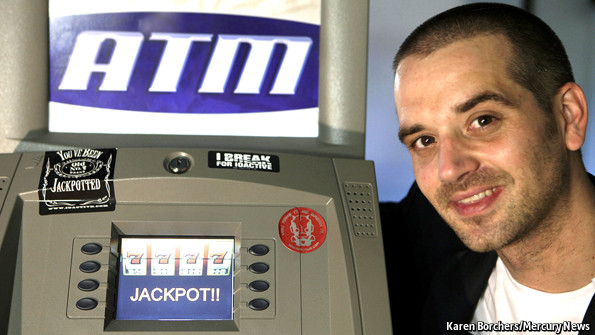
By J.T. Quigley
As the modern smartphone continues its evolution, buttons are becoming a thing of the past. Some of the most talked about handsets right now, including the LG G2 and Google’s Moto X, have gotten rid of physical home buttons in favor of a third capacitive button. Perhaps it will come as a surprise that Pressy, funded in less than 24 hours via a viral Kickstarter campaign, wants to add a physical button to your Android device.
Pressy is a small plug that can slide into a standard 1/8-inch headphone jack. The visible top portion is a small black button. Through a downloadable companion app, Pressy can be programmed to perform an array of basic functions, which the company calls Actions – such as turning on your flashlight, toggling silent mode on and off, and taking photos (these three functions are out-of-the-box defaults, according toPressy’s official Kickstarter page). Basically, if your phone can do it, Pressy will be able to activate it at the touch of a button.
“The way Pressy works is by running on Android as a background service,” said The Verge. “The app monitors the headset jack, but only really does anything when Pressy is clicked, which should prevent the button from draining battery life. The Pressy app, and therefore the actual hardware, works on any device running Android 2.3 or newer. And once the app is set up, users will even be able to use the mic button on a set of headphones to perform the same actions the Pressy button would.”
Beyond performing an Action, Pressy allows each action to be fine-tuned. “For example, you can set Pressy to take a regular photo or to take a discreet photo (with your screen off and without sound or flash),” explained the Kickstarter PR. Developers will also be able to make their own Pressy Actions in future third-party apps.
Pressy’s creators, Nimrod Back and Boaz Mendel, set a goal of $40,000 to bring the Pressy idea to fruition. After being featured on multiple industry-leading tech blogs, their Kickstarter went viral –surpassing $60,000 in the campaign’s first day. With 45 days left before the project is funded, Pressy has a war chest of nearly $105,000 and rising.
“Early adopters snapped up all the Pressy buttons available for $15, making $17 the lowest tier you can get in on the deal,” said The Next Web. The Kickstarter page also offers a $20 option that includes a keychain for safely storing Pressy when headphones are plugged in, as well as a choice of red, white, or blue (aside from the standard black color option).
Back and Mendel expect the Pressy to ship to backers in March 2014.


